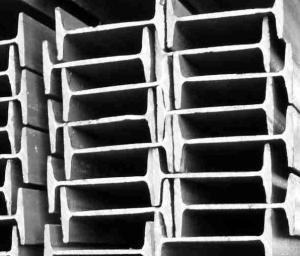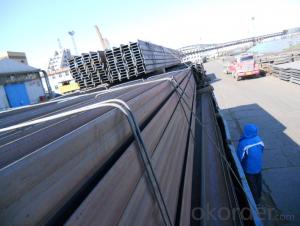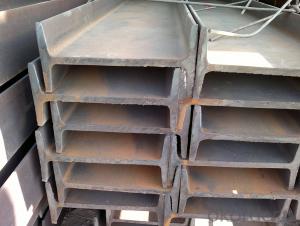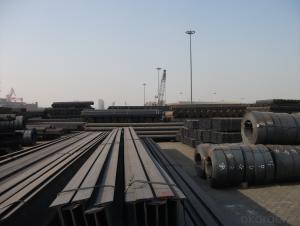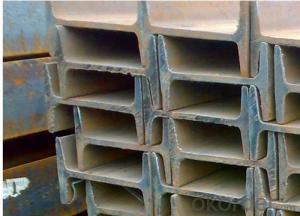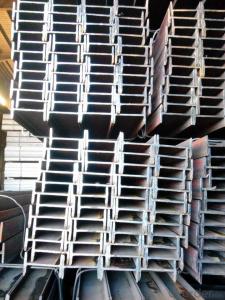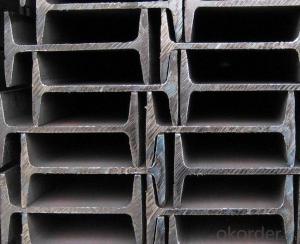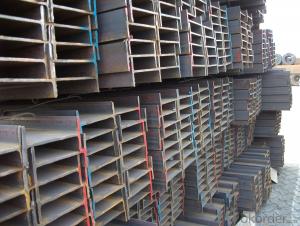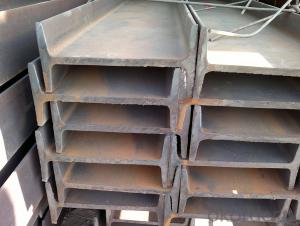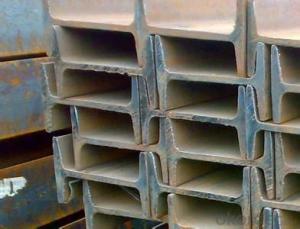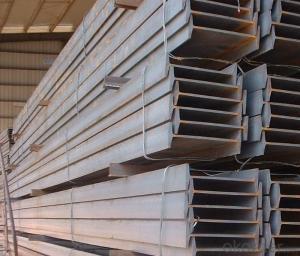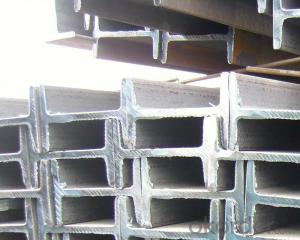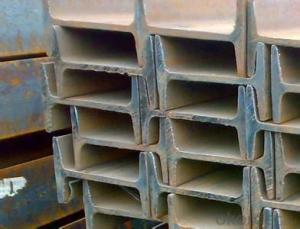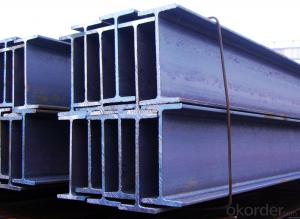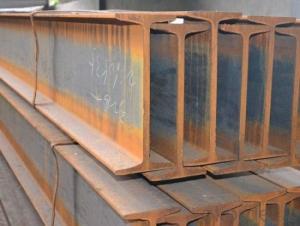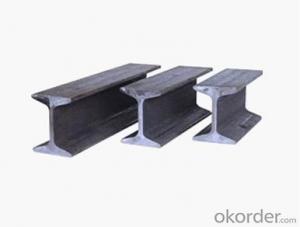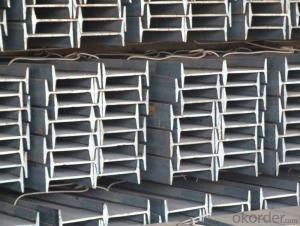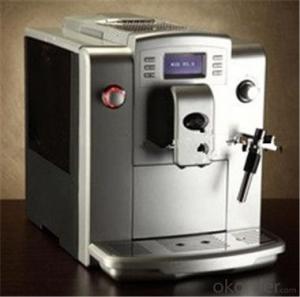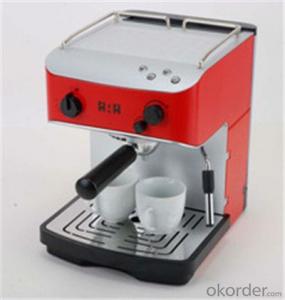Stainless Steel I Beam
Stainless Steel I Beam Related Searches
Stainless Steel Eye L Beam Steel Stainless Steel Beam Clamps Stainless Steel Beaker Stainless Steel Beads Bending Stainless Steel Stainless Steel Elements Stainless Steel S Stainless Steel Lamp Stainless Steel Frame Stainless Steel Hardware Stainless Steel Trim Stainless Steel Sieve Stainless Steel Thermo Stainless Steel Basin Stainless Steel Siding Bead Blasted Stainless Steel Stainless Steel Bead Chain Stainless Steel Brakes Smoking Stainless Steel Stainless Steel Blender Stainless Steel Screening Stainless Steel Belt Stainless Steel Ice Maker Stainless Steel Mesh Stainless Steel Metals Stainless Steel Post Stainless Steel Iron Stainless Steel Sheeting Blender Stainless SteelStainless Steel I Beam Supplier & Manufacturer from China
Stainless Steel I Beam is a type of steel beam known for its corrosion resistance and strength, making it an ideal choice for various construction and engineering projects. These beams are designed to support heavy loads and maintain structural integrity in challenging environments, such as chemical plants, marine applications, and food processing facilities. Due to their durability and versatility, Stainless Steel I Beams have become a popular choice for architects and engineers alike.Stainless Steel I Beams are widely used in a range of applications, including bridges, buildings, and industrial structures. They are particularly well-suited for environments where resistance to corrosion is crucial, such as coastal areas or facilities handling corrosive materials. The beams' ability to withstand harsh conditions without compromising their structural integrity makes them a preferred choice in many industries. Additionally, their sleek and modern appearance can enhance the aesthetic appeal of any project.
Okorder.com is a leading wholesale supplier of Stainless Steel I Beam, offering a vast inventory to cater to the diverse needs of customers. With a commitment to quality and customer satisfaction, Okorder.com ensures that each Stainless Steel I Beam is manufactured to the highest standards and is available at competitive prices. By partnering with Okorder.com, customers can benefit from a reliable source of high-quality Stainless Steel I Beams, ensuring that their projects are completed with the utmost efficiency and professionalism.
Hot Products
